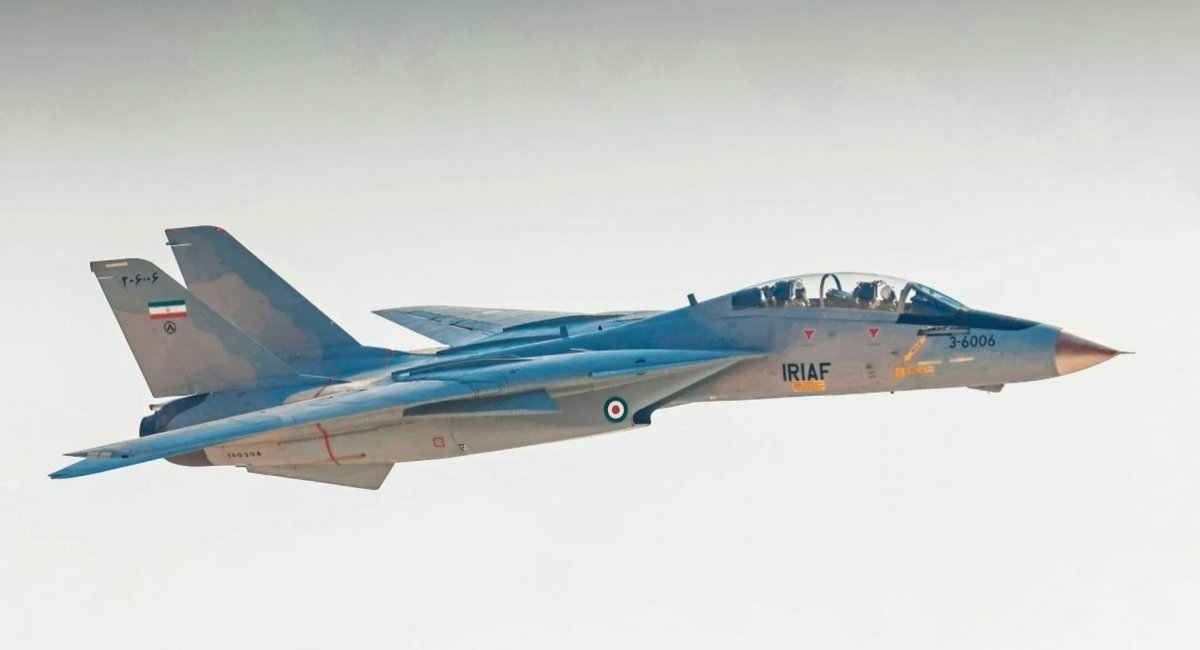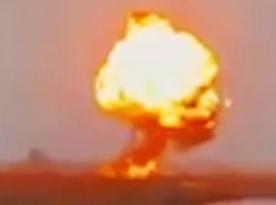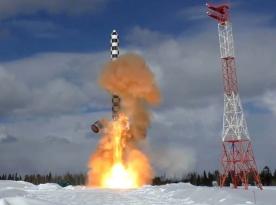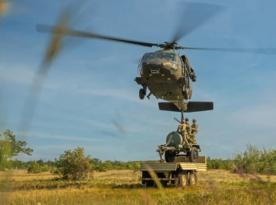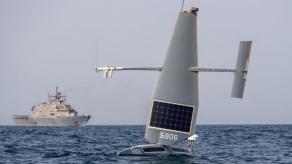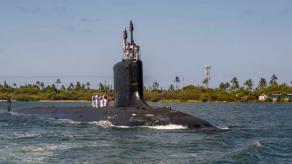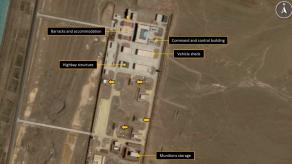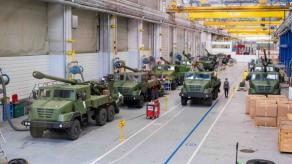Israel Defense Forces has released footage of a recent strike on two F-14 Tomcat aircraft parked at Tehran airport. The attack, carried out on June 16, 2025, became one of the few episodes featuring iranian aviation since the outbreak of the ongoing hostilities in the Middle East on June 13, 2025.
Read more: Why Israel’s Strike on iran’s Air Defenses is More Significant Than Hitting Nuclear Sites
Another thing to note is that iran has remained the only user of the Tomcat, an American jet fighter withdrawn from service in the United States in 2006. Only the iranian F-14s could still take to the air. Other than that, iran is known to have MiG-29 fighters, but their apparent disappearance from the field of view raises questions of where they could've gone and what is happening with iranian combat aircraft in general.
Based on data cited in The Military Balance 2024 study by IISS, in early 2024, iran possessed up to ten F-14 Tomcats. How many of them were actually usable is not specified.
But more than the condition of aircraft itself, a much bigger problem is the usability of AIM-7 and AIM-54 air-to-air missiles, which arm the jets for combat and theoretically remained in Tehran's arsenal, and also the condition of the AN/AWG-9 airborne radars.
In late 2024, iran was planning to show its old MiG-29s and new Yak-130s received from russia at a local air show, but ended up displaying only one of its F-14 Tomcats. Paradoxically, even the much older F-4 Phantom (55 in service as of 2024) looked in a better condition than the Tomcat, while the russian jets failed to attend the event.
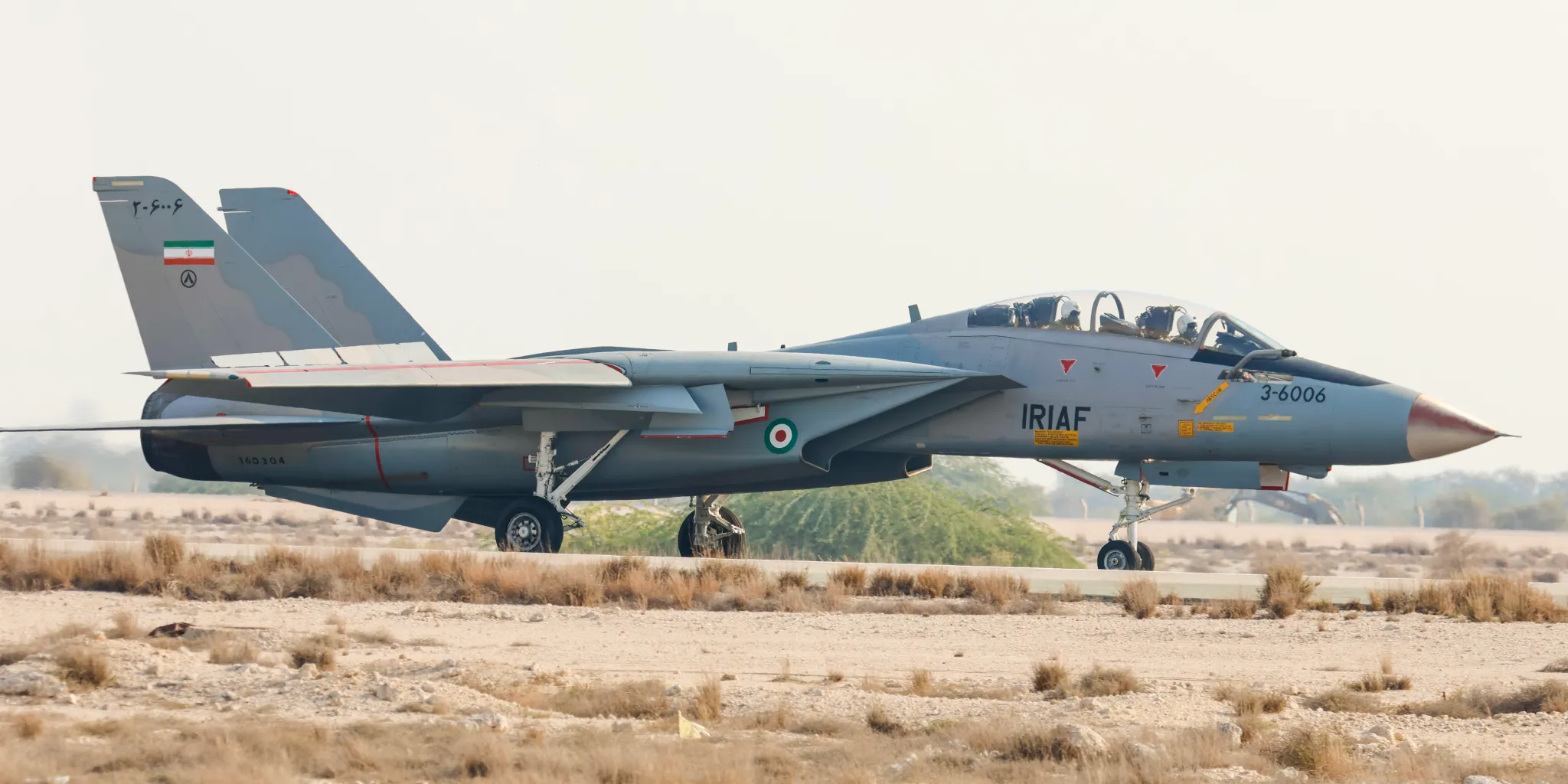
This context suggests that the Tomcats struck by Israeli forces could equally possibly be combat-ready units or non-operational airframes only existing to give spare parts to cannibalize. Otherwise, the fact iranians did not try to raise these jets to try and intercept Israeli attacks or at least avoid being targeted on the ground doesn't make sense.
In theory, iran's most valuable asset is the MiG-29, the circumstances of this aircraft acquisition in 1990–1994 Defense Express has outlined in a separate article. In particular, we mentioned that after 1993, russia stopped supplying the iranians with aircraft components — a decision partly accounting for the deteriorating condition of Soviet-era aircraft in the iranian Air Force in general, although little details are known in that regard.
That said, the iranian military may still try to raise its MiG-29s despite the dangers of flying unserviced aircraft.
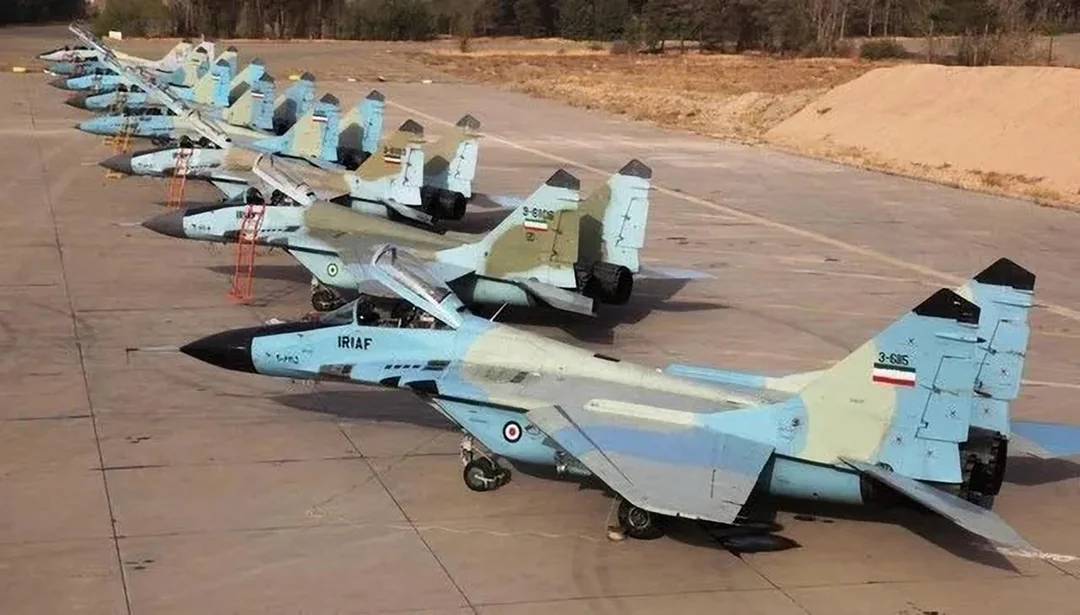
Read more: How Iran Acquired Its MiG-29s and Su-24s, How the MiG-31 Rumors from russia Emerged, and Why It Was All in Vain




